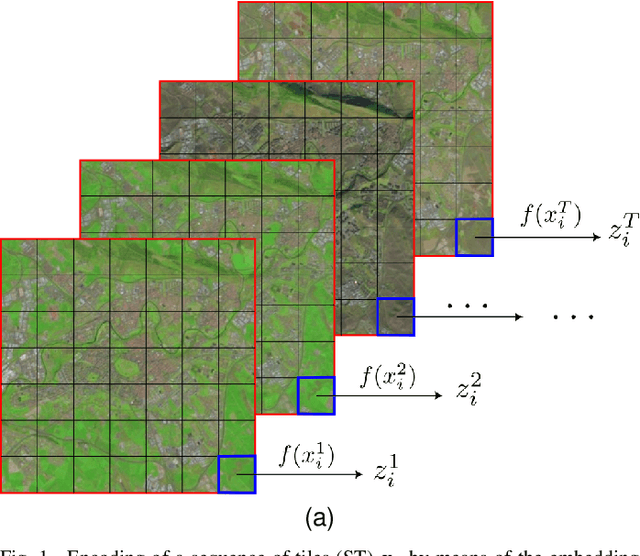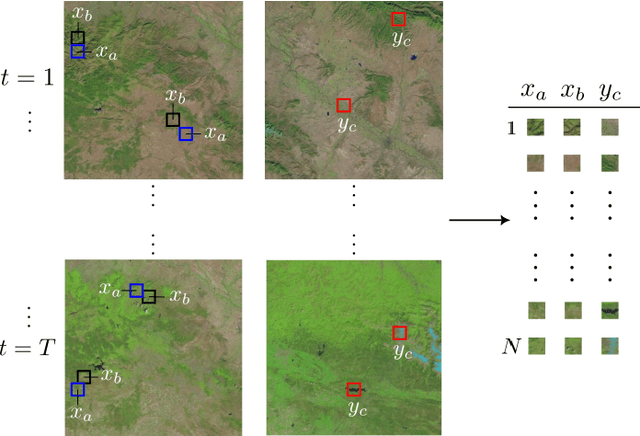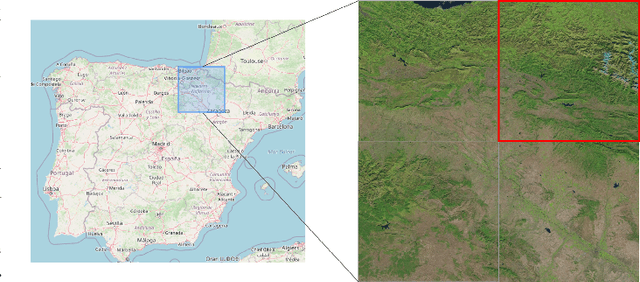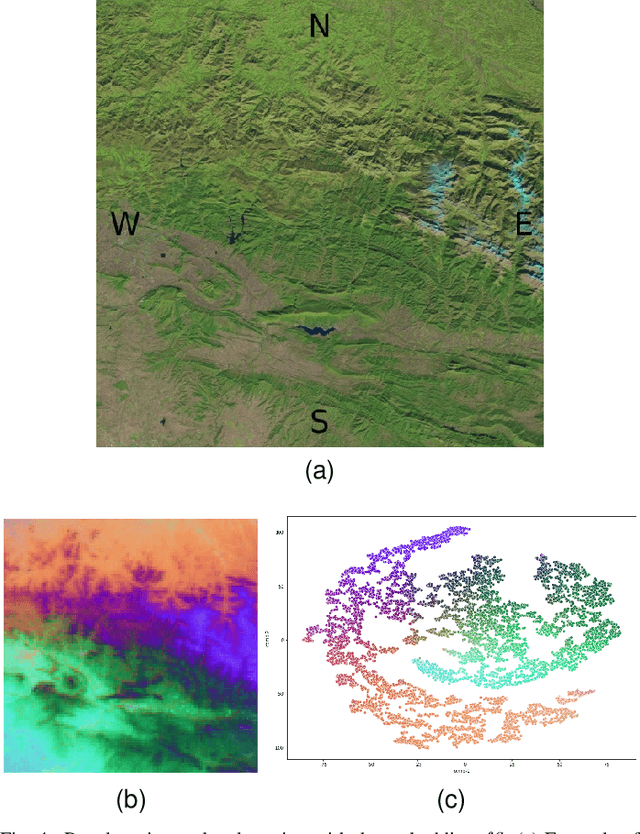Carlos Echegoyen
Decentralized Federated Learning of Probabilistic Generative Classifiers
Jul 23, 2025Abstract:Federated learning is a paradigm of increasing relevance in real world applications, aimed at building a global model across a network of heterogeneous users without requiring the sharing of private data. We focus on model learning over decentralized architectures, where users collaborate directly to update the global model without relying on a central server. In this context, the current paper proposes a novel approach to collaboratively learn probabilistic generative classifiers with a parametric form. The framework is composed by a communication network over a set of local nodes, each of one having its own local data, and a local updating rule. The proposal involves sharing local statistics with neighboring nodes, where each node aggregates the neighbors' information and iteratively learns its own local classifier, which progressively converges to a global model. Extensive experiments demonstrate that the algorithm consistently converges to a globally competitive model across a wide range of network topologies, network sizes, local dataset sizes, and extreme non-i.i.d. data distributions.
Risk-based Calibration for Probabilistic Classifiers
Sep 05, 2024Abstract:We introduce a general iterative procedure called risk-based calibration (RC) designed to minimize the empirical risk under the 0-1 loss (empirical error) for probabilistic classifiers. These classifiers are based on modeling probability distributions, including those constructed from the joint distribution (generative) and those based on the class conditional distribution (conditional). RC can be particularized to any probabilistic classifier provided a specific learning algorithm that computes the classifier's parameters in closed form using data statistics. RC reinforces the statistics aligned with the true class while penalizing those associated with other classes, guided by the 0-1 loss. The proposed method has been empirically tested on 30 datasets using na\"ive Bayes, quadratic discriminant analysis, and logistic regression classifiers. RC improves the empirical error of the original closed-form learning algorithms and, more notably, consistently outperforms the gradient descent approach with the three classifiers.
Semantic Clustering of a Sequence of Satellite Images
Aug 29, 2022



Abstract:Satellite images constitute a highly valuable and abundant resource for many real world applications. However, the labeled data needed to train most machine learning models are scarce and difficult to obtain. In this context, the current work investigates a fully unsupervised methodology that, given a temporal sequence of satellite images, creates a partition of the ground according to its semantic properties and their evolution over time. The sequences of images are translated into a grid of multivariate time series of embedded tiles. The embedding and the partitional clustering of these sequences of tiles are constructed in two iterative steps: In the first step, the embedding is able to extract the information of the sequences of tiles based on a geographical neighborhood, and the tiles are grouped into clusters. In the second step, the embedding is refined by using the neighborhood defined by the clusters, and the final clustering of the sequences of tiles is obtained. We illustrate the methodology by conducting the semantic clustering of a sequence of 20 satellite images of the region of Navarra (Spain). The results show that the clustering of multivariate time series is robust and contains trustful spatio-temporal semantic information about the region under study. We unveil the close connection that exists between the geographic and embedded spaces, and find out that the semantic properties attributed to these kinds of embeddings are fully exploited and even enhanced by the proposed clustering of time series.
 Add to Chrome
Add to Chrome Add to Firefox
Add to Firefox Add to Edge
Add to Edge